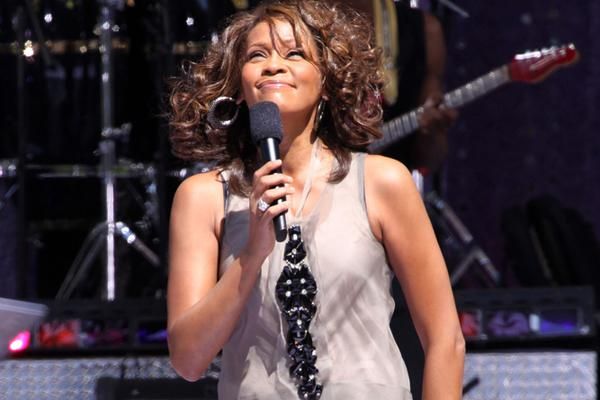As we get older, our slowing metabolisms can make it harder and harder to stay thin. But the one thing that seems to get thinner without much effort is something we wish didn't: our hair.
Ironic, isn't it?
Lately, I've noticed long strands of my hair scattered around my bathroom. And I wonder if I'm losing more hair than normal—or if it's just standing out more because the floor in my bathroom is white. When I wash my hair, there's lots of it in the drain.
It's a bit disarming when that happens, but the reassuring news is that it's normal to shed somewhere between 50 and 100 hairs a day. On days you wash your hair, that number can climb up to 250 strands lost.
But what if there's more shedding than that? You may find your hair sheds more a few months after a stressful event. It's not uncommon to find you're losing more hair about two months after giving birth. It can also occur after undergoing surgery, suffering severe emotional stress, losing 20 pounds or more or having an illness (especially if you've had a high fever).
That's temporary. Eventually, your body readjusts and, along with that, the shedding slows and the hair on your head fills in, regaining its normal fullness.
But real hair loss—or female pattern baldness (the most common type of hair loss among women)—is different. The evidence is much more apparent than some random strands falling out.
What happens with female pattern baldness is that over time the hair follicle shrinks and eventually stops growing new hair. The part in your hair may get wider or your ponytail may lose its bulk. Maybe there's an unusually large amount of hair on your pillow when you wake. Or there's a lot in the comb or brush, even though you brushed softly and without tugging. This type of hair loss usually begins in midlife but can begin earlier.
Why does it happen? Although the reasons are not well understood, it may be related to such things as aging, changes in hormone levels (specifically the male hormone androgen) or a family history of male or female pattern baldness.
Diagnosis is usually based on your medical history, ruling out other causes of hair loss (like thyroid problems or recent surgery) and the actual appearance and pattern of the hair loss. Sadly, there's no way to prevent it.
Unlike some men who embrace their bald heads, with the attitude that "bald is the new sexy," hair loss in women is generally not welcomed kindly. Though it rarely progresses to total or near total baldness in women, it can be quite disconcerting and affect self-esteem.
Although hair loss in female pattern baldness is permanent if not treated, it can be treated. You won't regain the hair that you lost, but it's possible for you to grow some new hair.
The only medication approved by the FDA to treat female pattern baldness is minoxidil (commonly known as Rogaine), which, like many drugs, was discovered by chance. Originally used to treat high blood pressure (in pill form), patients and health care providers noticed a side effect: hair growth. It may not restore the luster of yesteryear, but it can help.
Like so many treatments, there are some caveats:
- It's best to start at the first sign of hair loss.
- There may be a temporary increase in hair loss for the first two to eight weeks, which stops when your hair begins to regrow.
- It may irritate your scalp.
- You need to use it continuously for one year before knowing how well it will work for you. It may help hair growth in one in four or five women; in most women it may slow or stop hair loss.
- You must use it every day. If you stop, the hairs that grew during its use will fall out within three to four months.
If minoxidil doesn't work, there are other medications—approved by the FDA to treat other conditions but not female pattern hair loss—that doctors may prescribe. Among them:
- Spironolactone (a diuretic)
- Cimetidine
- Birth control pills
- Ketoconazole
- Finasteride
- Flutamide
- Ordutasteride
The FDA has approved lasers, which emit a low level of laser light to treat hair loss at home. Available in the form of combs, helmets and other devices, they may help stimulate new hair growth and have been shown by some studies to be effective.
If you seek other nonmedical solutions—which are often less expensive and the safest way to deal with the issue—look into hair weaving, hairpieces or a change in your hairstyle to help hide the evidence. Other treatments being studied or used, but not proven effective, include:
- Platelet-rich plasma therapy
- Supplements, like biotin and folic acid
- Combination of specific omega-3 fatty acids, omega-6 fatty acids and antioxidants
Read more:
7 Foods for Healthy Hair
How to Maintain Beautiful Hair as You Age (Courtesy of the Late, Great Whitney Houston)
Shaving Face: The Truth About Facial Hair







